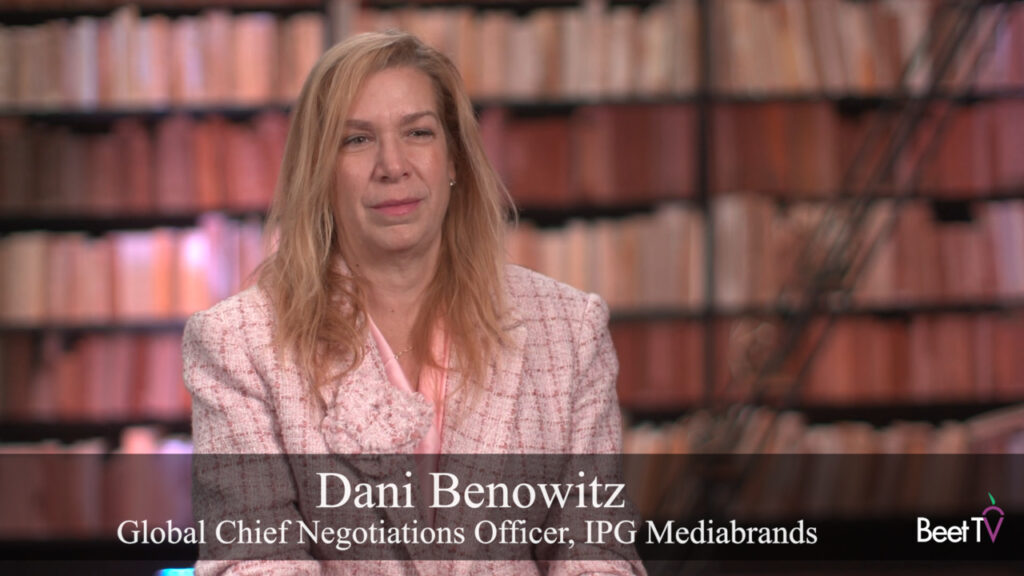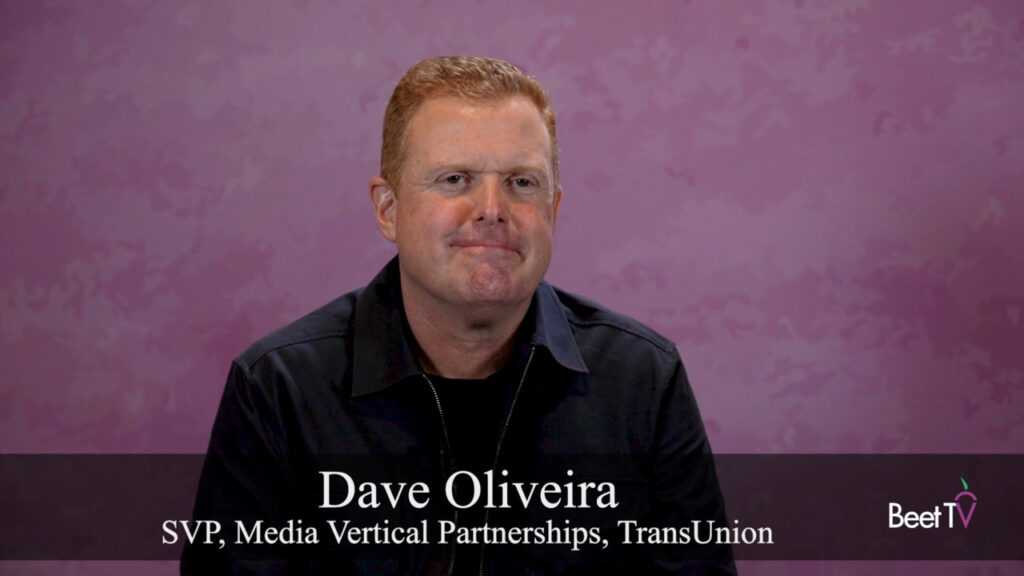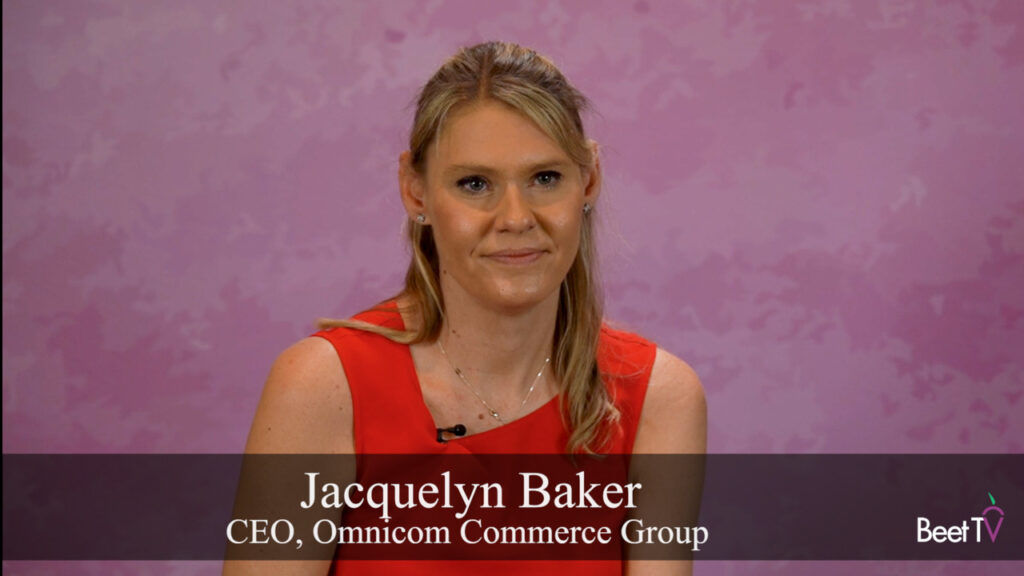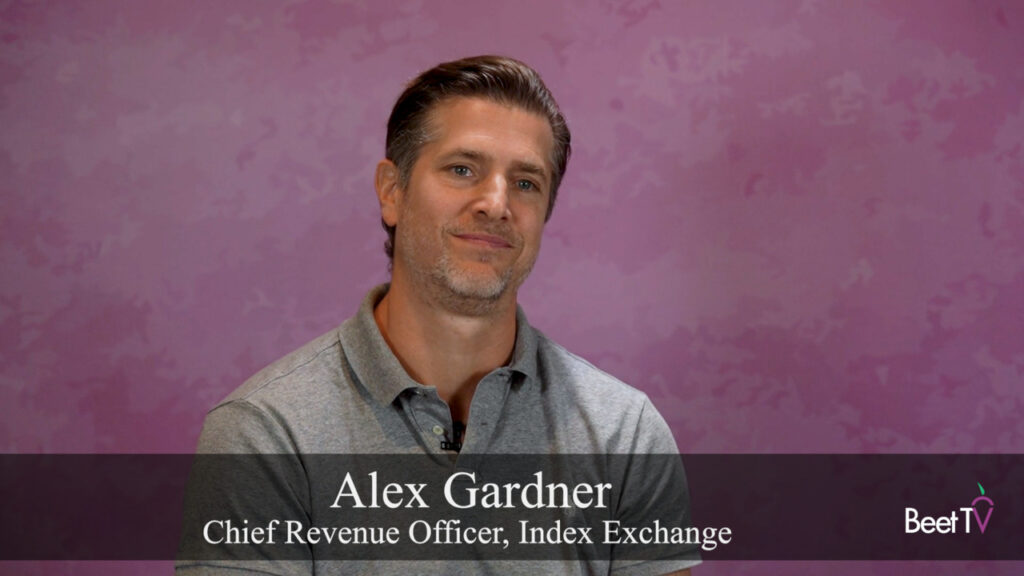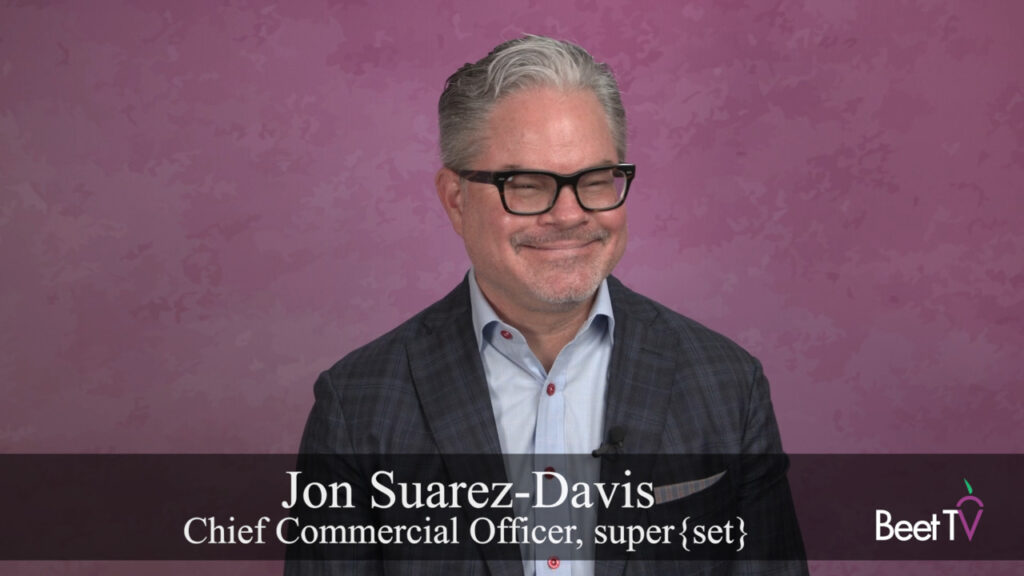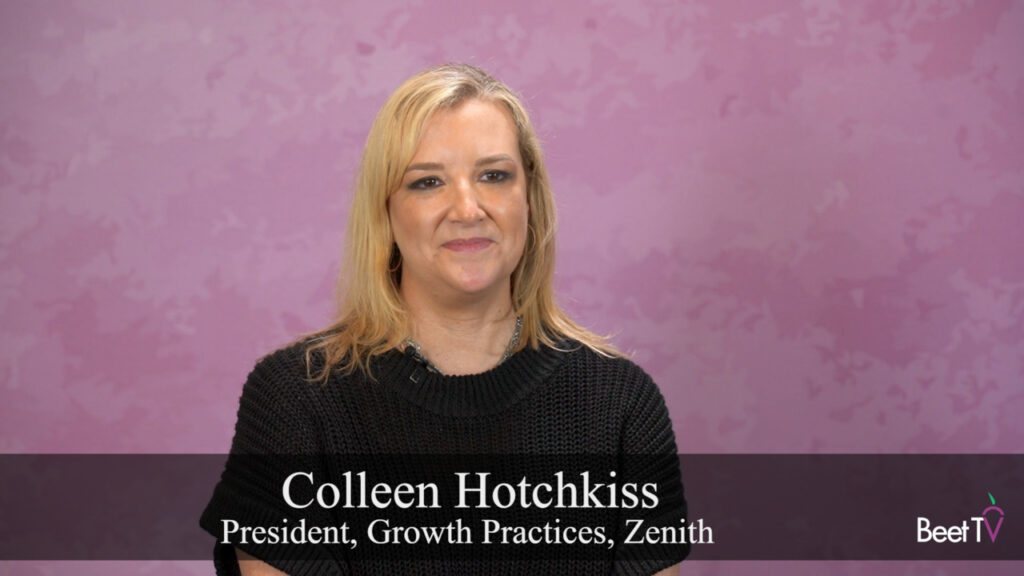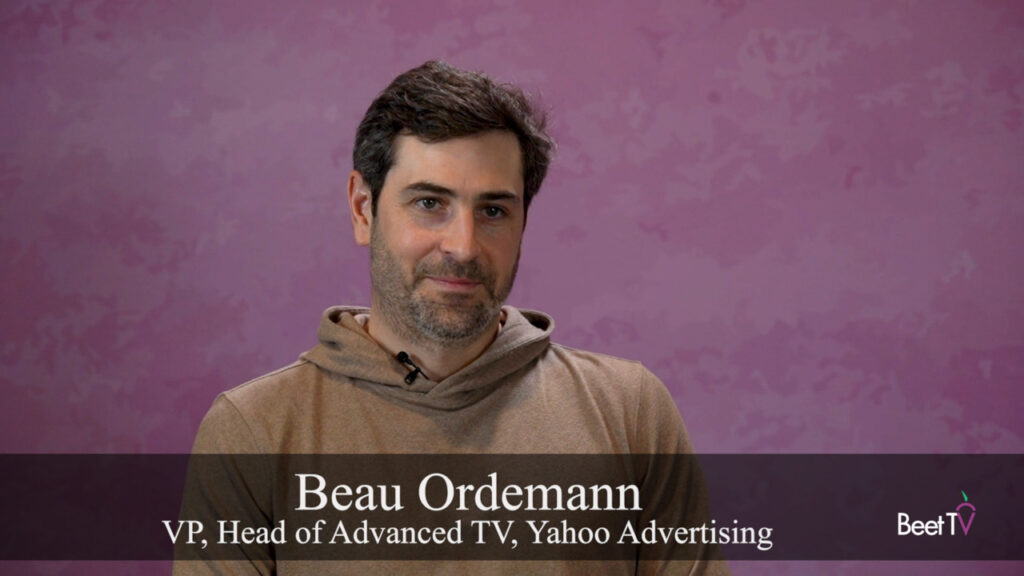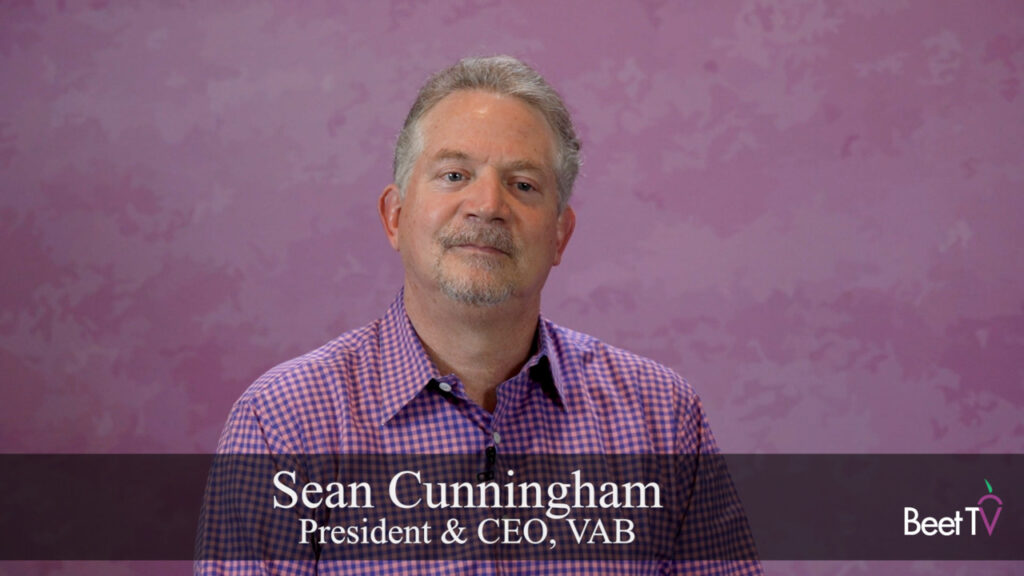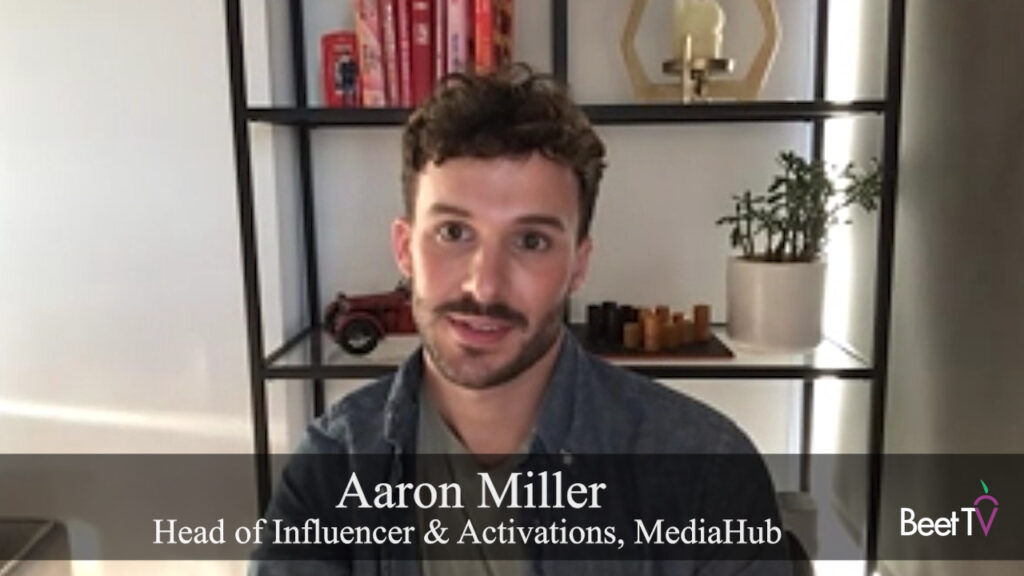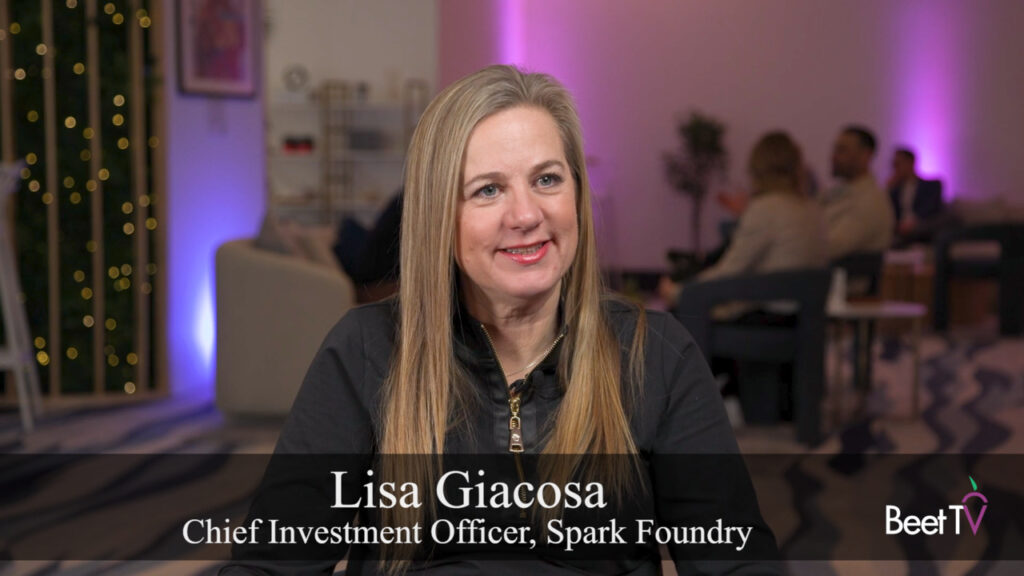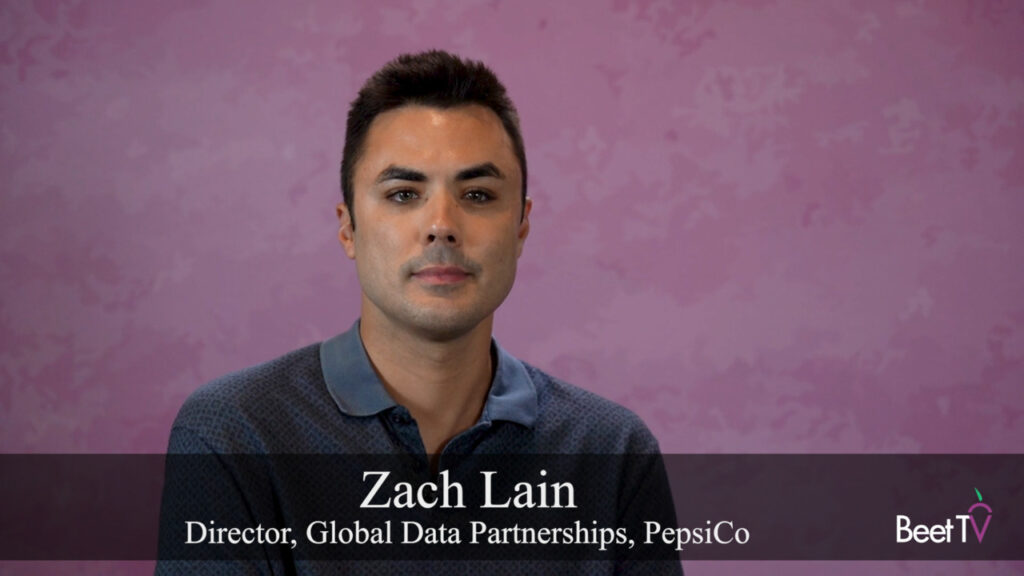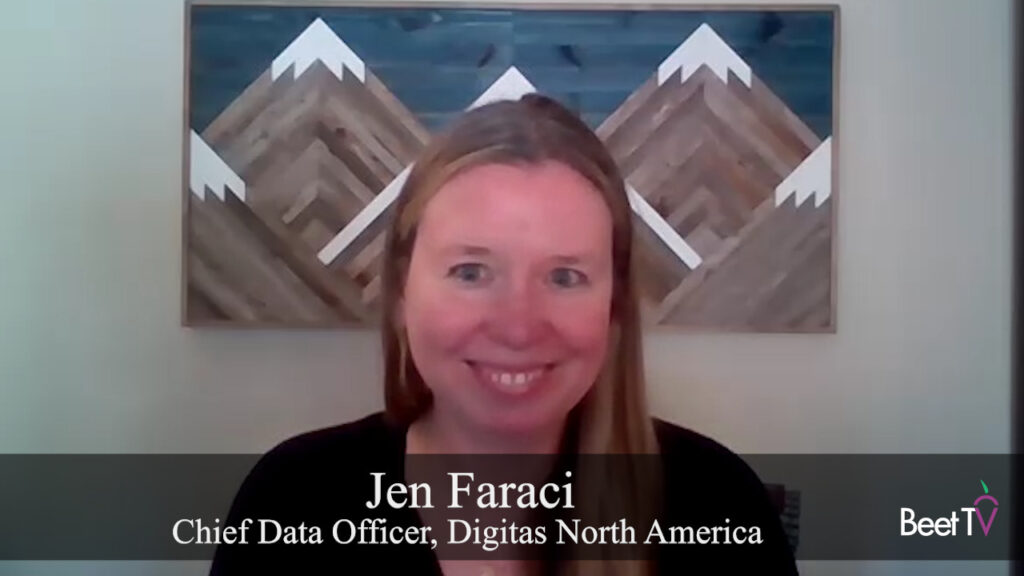The ability to deeply interrogate video content is giving advertisers the ability to precisely target content segments, and ad agencies are warming-up to the idea.
In September, dentsu announced a new solution, Contextual Intelligence (CI) for Connected Television (CTV), a cookie-less solution using video-level keyword targeting to help advertisers understand where there CTV ads would be placed.
It is powered by IRIS.TV’s video-level content identifier ID and GumGum Verity’s contextual technology.
In this video interview with Beet.TV at the 12th annual CIMM Summit in NYC, Field Garthwaite, Co-Founder & CEO, IRIS.TV, explains the benefits.
‘Massive scale’
Garthwaite explains: “They’re now bringing this product to market across tens of billions of ad requests a month, and it’s growing really rapidly.”
The main benefits of Dentsu’s product are intelligence and targeting, Garthwaite says: “That’s a tool set that’s built into the IRIS_ID.
“When we work with the publisher, we enable the Verity AI to access the publisher’s content in a standardized and protected way. So it’s almost like a content data clean room.
“This data allows (advertisers) to ensure, for example, a Kroger can target segments like ‘Thanksgiving’ or a ‘baby shower’ or ‘family and parenting’ at massive scale.”
Privacy concerns
Garthwaite says such agreements address industry privacy concerns, including the Video Privacy Protection Act.
“There’s laws that are different in television and streaming than there are in display,” he says.
“You can’t display videos and have the actual show information while also having personally identifiable information available on the bid request. Our hash content ID prevents that.”
The trouble with metadata
Garthwaite spotlights the problem of “cherry picking”, where ad platforms buy ads in only one show, protesting that this practice inhibits scaled purchasing of data.
Lack of standards also poses a problem.
“One publisher will write comedy underscore ‘standup’ with a capital ‘S’, another will have the same thing but it’s all lowercase,” Garthwaite complains.
“That really jams things up for DSPs and SSPs because it’s not interoperable between them and they can’t agree on the signal.”


















